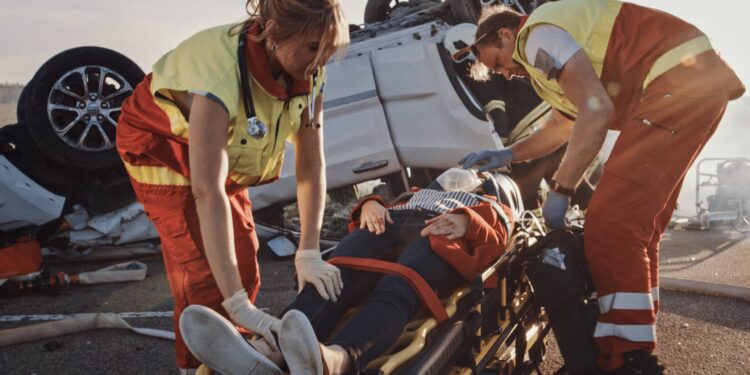In the chaotic environment of emergency and disaster response, every second counts. Effective response hinges on timely intervention, efficient resource management, and seamless collaboration among various personnel. To see how medical equipment helps facilitate these goals, delve into the role of stretchers in emergency and disaster response.
Immediate Patient Transport
Stretchers aid in the prompt transportation of injured individuals from the scene of emergencies or disasters to medical facilities. This rapid mobilization ensures that patients receive timely access to medical attention, which can be a matter of life or death in critical situations. With the aid of stretchers, emergency responders can swiftly move individuals out of harm’s way, minimizing exposure to further danger.
Stabilization and Immobilization
Stretchers stabilize and immobilize patients with suspected spinal injuries or fractures, thereby reducing the likelihood of further harm. This feature is vital for providing necessary support until the patient can receive a comprehensive medical assessment and intervention.
Modern stretchers often include specialized features, such as adjustable headrests and secure straps. These enhancements ensure that patients remain in a stable position throughout transit, thereby maintaining alignment and preventing additional trauma.
Efficient Triage and Resource Allocation
Categorizing and prioritizing patients based on the severity of their conditions helps emergency responders allocate scarce resources effectively. Stretchers help with triage by providing a structured and efficient way to transport patients, allowing responders to quickly assess their conditions.
Efficient triage leads to the swift identification of life-threatening conditions and ensures that those individuals receive immediate care. This prioritization is essential in maximizing survival rates and minimizing long-term complications for affected individuals.
Collaborative Care Coordination
Effective disaster response requires seamless communication and collaboration among emergency responders, healthcare providers, and support staff. Stretchers play a crucial role, serving as a common platform that unites personnel to ensure continuity of care in emergency and disaster response. From the initial on-scene assessment to hospital admission, stretchers facilitate the smooth transfer of patients and information.
Medical facilities treating people affected by large-scale emergencies must keep in mind special considerations when choosing between stretchers and beds. They may opt to keep patients on hospital stretchers throughout their stay due to the devices’ space-saving design and portability. Stretchers more easily navigate limited space and narrow corridors, making them ideal for crowded and makeshift medical environments.
Stretchers play a vital role in immediate patient transport, stabilization, and immobilization. They contribute to efficient triage and resource allocation and facilitate collaborative care coordination among responders. By understanding and optimizing the use of stretchers, medical professionals and emergency responders can significantly enhance the quality and efficiency of their response efforts.















